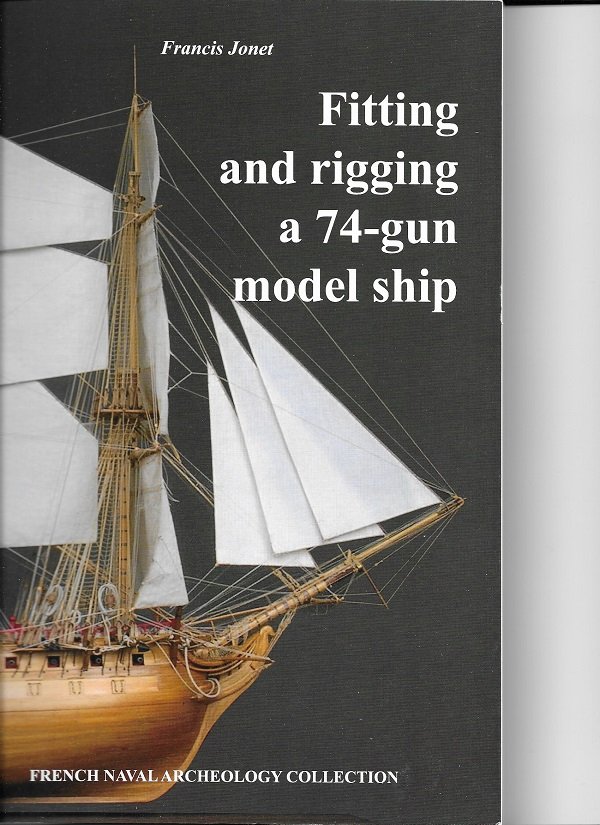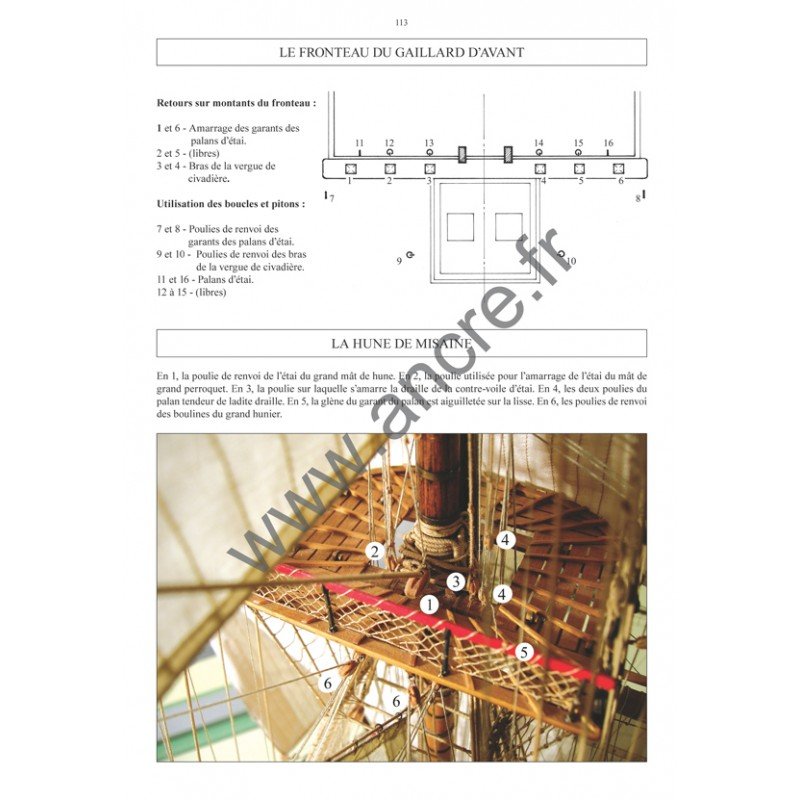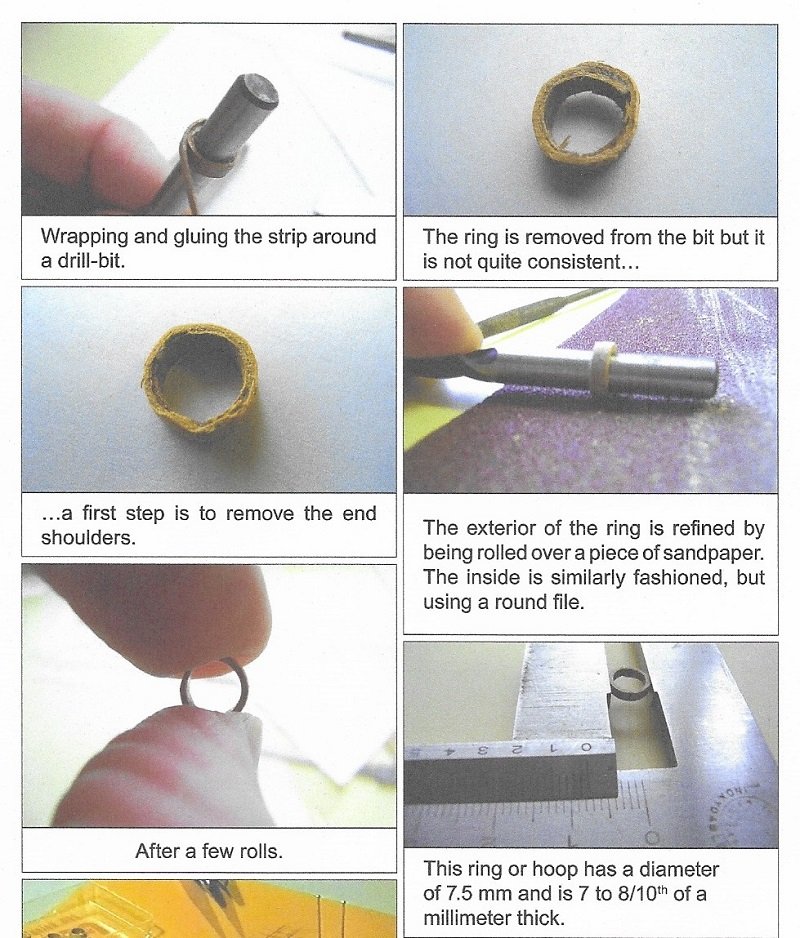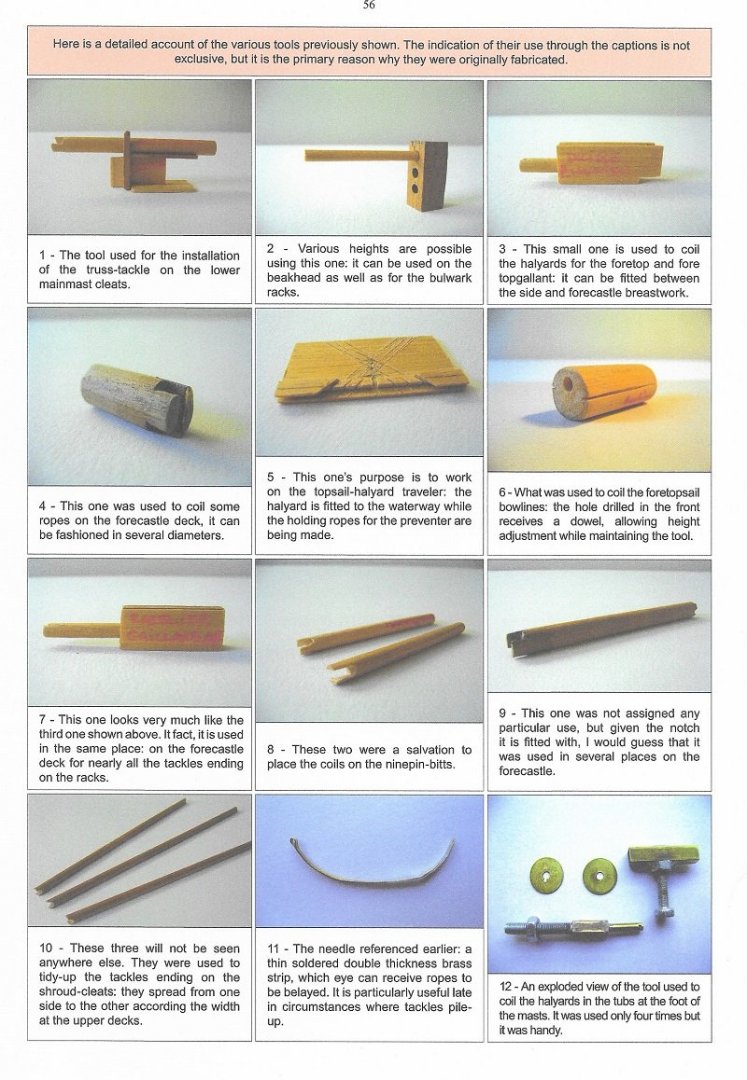-
Posts
26,273 -
Joined
-
Last visited
Content Type
Profiles
Forums
Gallery
Events
Everything posted by mtaylor
-
Marcus, It does look like those are the "seats of ease" in drawing. Your solution looks good.
- 332 replies
-
- fluit
- abel tasman
-
(and 1 more)
Tagged with:
-
Ian, have you found Dafi's build log here on MSW? If not, I can't recommend it enough. I'm not plastic or Victory guy but his log is loaded with research and methods.
-

Hello from Northern California Foothills
mtaylor replied to bobandlucy's topic in New member Introductions
Welcome to MSW, Bob. Nice part of California from the times I've passed through it. -
Hate to say it, Johnny, they lied. I to saw her in the '70's and bought their story. The original wasn't repaired, the original was broken up. To deal with funding, they used 4 timbers from the original and built up the new one using a completely different set of plans. The the 1854 ship only has a bare passing to the original as the stern was changed completely, the length and width were changed. The model was designed back in the 70's using what sat in Baltimore harbor at the time and as their model for the model. In that, the model is right... it matched what had been done but not the original. I fell into that same trap building my Constellation but changed the build to match the 1854 version. The kit makes an good looking model but is really just the 70's version that sat in the harbor. If you're looking for more info, here's a PDF from an investigation into this... https://www.navsea.navy.mil/Portals/103/Documents/NSWC_Carderock/fouled_anchors-1.pdf
-

Macro photography on the cheap.
mtaylor replied to ausf's topic in Modeling tools and Workshop Equipment
Do a search here on MSW using "focus stacking" as the key word. We've had quite a bit of discussion on this. There's also been discussion in few build logs which is why I suggest a search here. -
I agree with Bob on Chuck's method. Not messy. No fussing. I dip the plank for a few seconds in water (improve heat conduction) and then clamp it to board in shape I need. About 30 seconds or maybe a minute with a heat gun and the water is gone. Let it cool still clamped and the plank is ready to be installed.
-
Welcome to MSW. We've all been in that same boat, so to speak which is why MSW is such good thing to have in your tool box. Do start a log on which ever model you decide upon.
-
Welcome to MSW, Jeff.
-
I do tend to agree with this statement. The one catch here is that researchers have discovered the colors used in the Vasa, especially the carvings and they are full of life and not the mono-color that many build. Sadly, it's only been in recent years that the colors have been discovered and very few, if any, of the kit makers have upgraded their instructions.
-
Mark S. is right. With these tools, putting something in permanently and without blocking the work area is a problem. Even my temporary set ups. I'll be interested to see what you come up with.
-

What do we know about the origins of the lifebuoy?
mtaylor replied to Sperry's topic in Nautical/Naval History
They probably weren't "rings" as such. The French has some in 18th century that resembled anchor buoys. Made of cork, they were stowed on top of the quarter galleries. -
Gary, For my mill and lathe, I just use a shop vac with the wide nozzle attachment. A few piece of duct tape or cable ties hold it in place. When done, I remove the hose, attachment, and tie-downs.
-
Great model of a fascinating ship, Dan. They do remind me of a submarine due to shape and the low freeboard. I'm looking forward to your restoration.
- 33 replies
-
- James B Colgate
- whaleback
-
(and 2 more)
Tagged with:
-

Plank length
mtaylor replied to Don Case's topic in Building, Framing, Planking and plating a ships hull and deck
One caveat here... In US, many times the planks were a lot longer as the wood supply was closer to the yards. In France, the wood was moved to the yard by river so again.. many times the planks are longer than the English. -
Fitting and Rigging a 74-gun Model Ship Francis Jonet ANCRE (www.ancre.fr) – December,2020 118 pages-color photos-diagrams This is an updated reprint of the original book’s first printing and is available in French, English, Spanish, and Italian. Overview: While not part of the seminal books by Boudroit of the 74 Gun Ship series, it is an add-on that complements the series. This book provides references and how-to instructions. Numerous images (both color photos, drawings, and tables) illustrate the items and the techniques using a minimum number of tools. Everything included relates to construction of the 74-gun ship from late 18th to the early 19th centuries. Do note that the first chapter is dedicated to finishing the upper works and fittings as well as what’s required to add the rigging. Contents by Chapter and sub-headings: Chapter I – Fittings and more, Tools, Laminates, The sandpaper file, Working on the stern and stem, Making gratings, Upper deck and Poop deck breastwork, The breast rail stanchions and belaying pins, Ladders, Shroud chains, Anchors, The guns, The figurehead, The stern lantern Chapter II - The Masts – Making the spars, Lower mast and lower yard hoops, The yardarms, Building the tops, Topgallant trestletrees and crosstrees. Chapter III – Blocks – Preparing slats, Making the shells, Finishing the blocks Chapter IV - Rope Work – The workspace, Theory, In practice, Serving, Particular cases for small cables Chapter V – Finishing the Ropework – Eyes and mouse (stays), Shroud masthead rigging, Rope bights, The shrouds, Wall knots, Ratlings, Hammock nettings, To clap on blocks to the yards, Small block straps, The thimbles or rings, Hooked return blocks, The anchor buoys Chapter VI – Making the Sails – The cloths, Tabling, Linings and patches, Eyelets, Bolt ropes, Foot ropes, Head ropes, Bolt ropes cringles, Reef point, Gaskets, Grommets, The bent sails Chapter Vii – Installation of the Sails – Leading and belaying the ropes, Jibs, Staysails, Lower sails, Topsails and mizzen topsail, Topgallant sails and mizzen top gallant, Driver, Jib sheets and Installation of anchors, Finishing the Installation of square sails, Staysails sheets, Inspection of the work done Chapter VIII – The Ship’s Boat – Construction method, The forms, Framing, Keel, Stem, and Sternpost, Sterns, Planking, Form removal, Stern sheets, Floor timber and inner planking, Thwarts, Stem and stern inner areas, Rudders, Finishing details Chapter IX – Technical Data – Making the ropes, Shrouds, back-stays, stays, Preventer stays, bowsprit mast, Catharpins, range cleats, belaying cleats, Blocks, sheet blocks, staysail stays, bolt ropes, foot ropes, etc. Fall tackles, yard tackles, Sail tackles, anchor ropes and cables, Yard rigging, Lower sail clusters, blocks for the stays Chapter X – Block Distribution – Rigging parts for the masts and for the operation of the yards, Rigging parts for the operation of the sails, Rigging parts for the operation of guns. Chapter X – Return Tacks – Forecastle, Quarterdeck, Poop deck. Technical Data – Tables for all of the rigging, blocks, and tackle sizes, Review: This is basically a journey, in which shows not just the author’s successes but also his failures, both of which are useful. Every chapter details the jigs he used along with the methods, along with photos of this process which, was eye-opening to me and would be useful (with modification) of any ship of the period. While there are minimal plans (you will need the monograph for the model you’re building), the appendix has much to offer in the way of tables which not only surprised me but somewhat overwhelmed me by the amount of data there. The book is well-written with the photos being annotated to explain what is being done. Everything is broken down into bite-sized chunks and processes used explained. Though I have no intention of building a 74, as my preference is frigates, the same techniques and tools will be very useful and save me a lot of “re-do’s” and figuring out how to do it. Would I recommend this book? Yes, very much so as it will help any builder come terms with the complicated rigging. I’ve decided that this is one the books to keep at all times near my workbench instead of in the library. I really can’t recommend this enough.
-
Hi Joe, welcome back home. I too suggest you start a build log. It's a great way to meet old friends, make new ones, and get help.
About us
Modelshipworld - Advancing Ship Modeling through Research
SSL Secured
Your security is important for us so this Website is SSL-Secured
NRG Mailing Address
Nautical Research Guild
237 South Lincoln Street
Westmont IL, 60559-1917
Model Ship World ® and the MSW logo are Registered Trademarks, and belong to the Nautical Research Guild (United States Patent and Trademark Office: No. 6,929,264 & No. 6,929,274, registered Dec. 20, 2022)
Helpful Links
About the NRG
If you enjoy building ship models that are historically accurate as well as beautiful, then The Nautical Research Guild (NRG) is just right for you.
The Guild is a non-profit educational organization whose mission is to “Advance Ship Modeling Through Research”. We provide support to our members in their efforts to raise the quality of their model ships.
The Nautical Research Guild has published our world-renowned quarterly magazine, The Nautical Research Journal, since 1955. The pages of the Journal are full of articles by accomplished ship modelers who show you how they create those exquisite details on their models, and by maritime historians who show you the correct details to build. The Journal is available in both print and digital editions. Go to the NRG web site (www.thenrg.org) to download a complimentary digital copy of the Journal. The NRG also publishes plan sets, books and compilations of back issues of the Journal and the former Ships in Scale and Model Ship Builder magazines.





.jpg.8fdbacba021cd0790992eb7afff2aa67.jpg)


